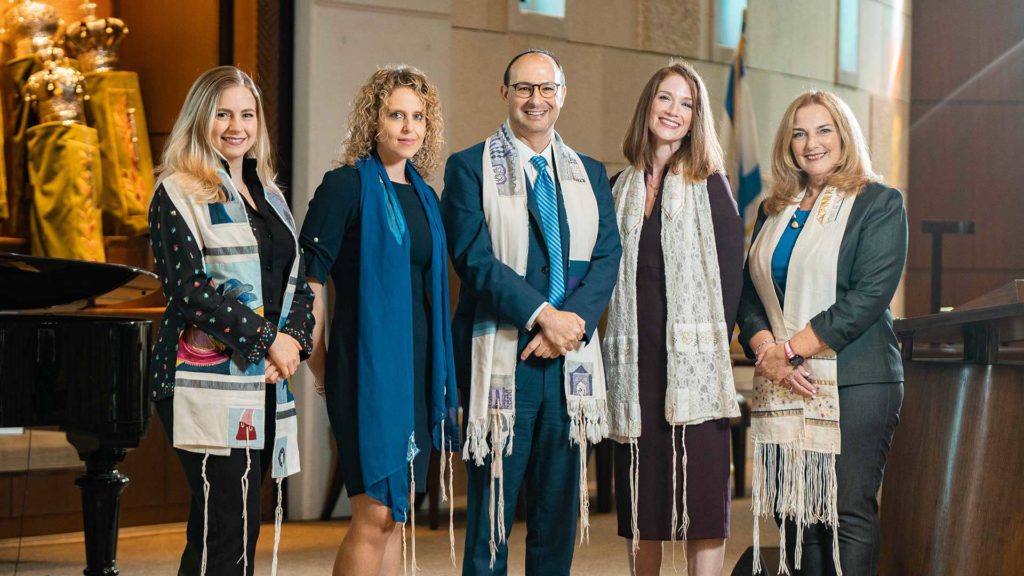The Spiritual and Musical Renaissance in Israel
In this space each month, we feature the writings of one of the members of our Beth Am Clergy. This month we invite Cantor Tifani Coyot to share some thoughts with you. You may contact her at [email protected] with any comments.
Reform and Conservative Jews who travel to Israel are often surprised when they learn of the divide between religious Jews (Dati) and secular Jews (Chiloni). I’ve met many secular Jews who don’t go to synagogue, but if they went to synagogue, it would be an Orthodox synagogue. The liberal Jewish movements don’t have the same level of involvement as they do for Jews living in the diaspora. For American Jews, we need a place to attend that allows us to experience Jewish holidays and community. Israeli Jews experience the holidays, Shabbat, history, and culture everywhere they go. Israelis do not have the same need to belong to a synagogue unless they want to pray.
The intersection between spirituality and Israeli culture is a recent innovation. Secular and modern Israelis are struggling to create a new Jewish identity and equality in Israel. Israelis refer to this movement as the Hitchadshut Yehudit, the Jewish Renaissance. I learned that this renaissance was created after the death of Yitzhak Rabin in 1995. This tragic event caused Israelis to struggle with the notion that a Jew killed another Jew. Is peace with our neighbors ever possible if we are killing each other?
Secular Israelis looked inside themselves and realized they lacked community and depth. Slowly over the past 30 years, they created a path to Judaism that was secular, modern, pluralistic and Israeli. They established organizations, communities and schools across the country. When Temple Beth Am takes trips to Israel, we get to visit, pray and learn with these communities.
During our worship services at Beth Am, we incorporate music from some of these communities, blending Sephardic rhythms with classical Israeli music. You can hear the beauty of Israel’s diverse community in these prayer communities. I invite you to listen to the music from these communities and attend Shabbat services when we use these melodies.
Navah Tehillah in Jerusalem composed a completely musical Kabbalat Shabbat with soulful, meditative and joyous music. Most of their music is written, adapted and created by and for Israelis. They often perform on Friday evenings in commercial centers where Israelis and tourists eat and shop.
Beit Tefillah Yisraeli in Tel Aviv meets in the summer at the port overlooking the ocean. There is nothing more incredible than prayer at the beach with hundreds of people.
The new music for Israeli prayer communities made its way to America. I hope you will support the renaissance of Jewish prayer and music. May these melodies continue to inspire the diverse Jewish community to create a relevant and meaningful Judaism.
L’shalom…
